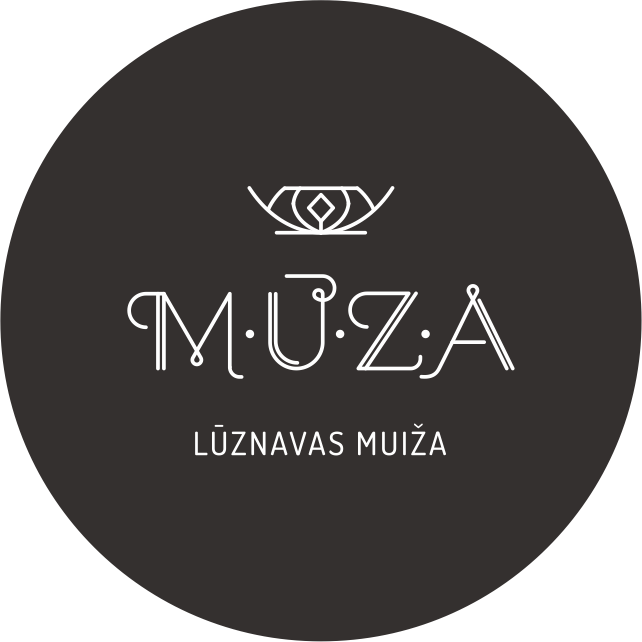THYME
Latvian: mārsils parastais, timiāns
Thyme is a perennial evergreen shrub up to 50 cm high. The stem is erect, woody
and very branched. The leaves are oppositely arranged on the branches; they are
small, elongated, covered with hairs, their edge is decorated. Flowers double-lipped,
light purple or white, arranged in false spikes in the axils of the upper leaves [2] Light
purple, fragrant flowers bloom in May.[3]
Flowering time from June to August.[3] Shoots with inflorescences are collected by
cutting or mowing the surface part of the plant (twigs) at a height of about 10-15 cm
above the ground. Lilacs are harvested in the middle of the day, when the essential
oil content is at its highest. [3]
In wound care, as thyme has a disinfecting effect and destroys bacteria and viruses.
[3] As a disinfectant, it is used to treat inflammation of the upper respiratory tract,
bronchitis, pneumonia; it is also useful for improving appetite, promoting digestion,
bile secretion and reducing gas accumulation. Thyme can be used both orally and
externally for stomach and intestinal cramps. [3] Thyme leaves are used in food in
small quantities as a spice in salads, meat, fish and vegetable dishes, marinades for
preserving vegetables and spice mixes. Thyme essential oil is used to aromatize
indoor air and improve air quality. In living rooms, sprigs of common marsilla placed
on the floor under the carpet create a pleasant aroma and scare away moths and
other pests. [4]
Thyme promotes expectoration in cases of severe cough and hoarseness. It
improves the body`s defenses, stimulates appetite and relieves cramps.[3] Thyme
leaves are not recommended to be used during pregnancy, liver and kidney
patients should be careful. It is also not recommended to use the drug for a long time or in large doses.
[2]Eniņa V.( 2017) Veselība pie mājas sliekšņa.100 populārākie ārstniecības augi Latvijā. Rīga: Zvaigzne ABC.p. 264
[3] Bone B., FolkaR., Folka F.,Ditusa Bera R. (2013) Garšaugu dārziņš. Rīga: Zvigzne ABC,p.248
[4] latvijasdaba.lv
Augu katalogs ir tapis ar Eiropas Savienības finansiālu atbalstu Pārrobežu sadarbības programmas 2014.–2020. gadam projekta LVIII-062 “Versts of Feelings 2” ietvaros


